One of my favorite parts of my career in public education is the teams that I have been fortunate to be a part of. I wrote a post on my love of teams back in 2020, celebrating teams that included: History classes that I taught New teachers (and eventually veteran ones too) at San Lorenzo […]
Book Genre: Education/Leadership

The Ideal Team Player: How to Recognize and Cultivate The Three Essential Virtues
Patrick M. Lencione
2016
Read: 2024
Education/Leadership, Non-Fiction, Reading Now

The Champion’s Mind: How Great Athletes Think, Train, and Thrive
James A. Afremow
2013
Read: 2023
Education/Leadership, Non-Fiction
I bought this book after a series of disappointing times in a swim meet late in 2023. There’s no swimming advice in here. I’ll certainly continue searching for that. Nor is there a road map to better conditioning, which is all on me to get done. But what Mr. Afremow talks about is what kind […]
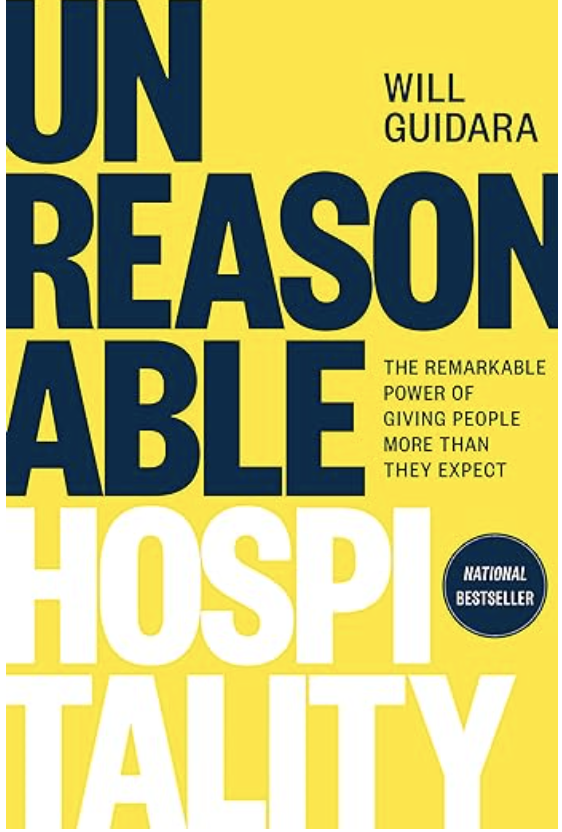
Unreasonable Hospitality: The Remarkable Power of Giving People More Than They Expect
Will Guidara
2022
Read: 2023
Education/Leadership, Non-Fiction
My friend Marcia recommended this book. She is a highly successful businesswoman who has developed a successful business that thrives on making her clients feel special, connected, and karma-rich. After reading the book, I can see why she loved it. Will Guidara tells his story of how he took an excellent restaurant and turned it […]
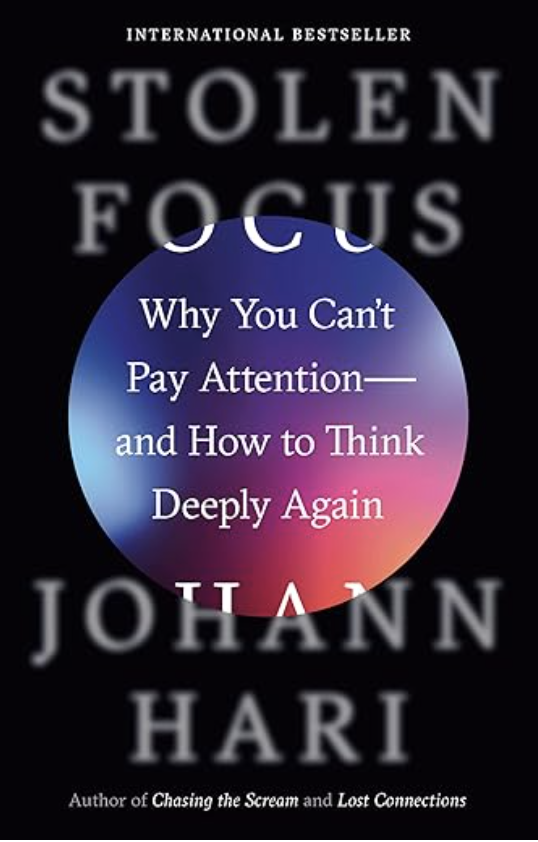
Stolen Focus: Why You Can’t Pay Attention and How to Think Deeply Again
Johann Hari
2022
Read: 2023
Education/Leadership, Non-Fiction, Reading Now
My friend Jenn loaned me this book. That means I read it as a paperback, instead of Kindle-ing it. I read less than 10% of my books in hard copy. This was a perfect one to choose to be part of that 10%. This is a book about why we are distracted, and the forces […]
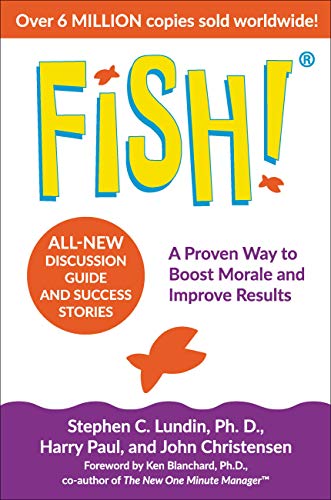
Fish!: A Proven Way to Boost Morale and Improve Results
Read: 2023
Education/Leadership, Non-Fiction
If you have ever been to the Pike Street Fish Market in Seattle, it’s a fun and joyful place. These three authors researched what makes it such a great place to work, and then they started using it as a motivational tool for individuals. This is a super quick read, and here are the four […]
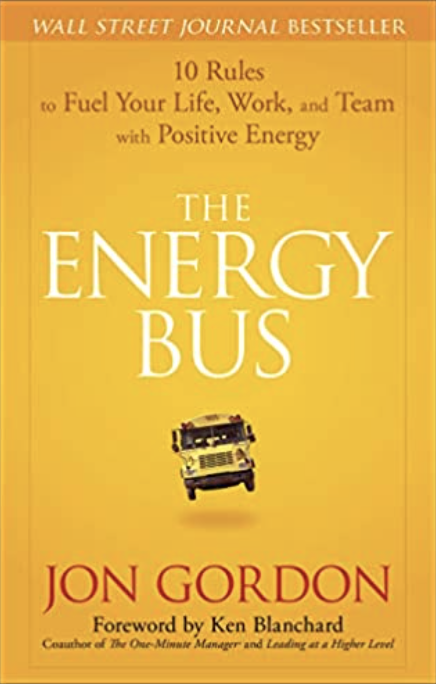
The Energy Bus: 10 Rules to Fuel Your Life, Work, and Team with Positive Energy
Jon Gordon
2007
Read: 2022
Education/Leadership, Non-Fiction
This is a super fun book. Even though it was published before The Power of Positive Leadership, I read it afterwards. This is written as a fable – a tale of a bus full of positive people with positive energy and their impact on a rather negative man whose life is not going the way he […]
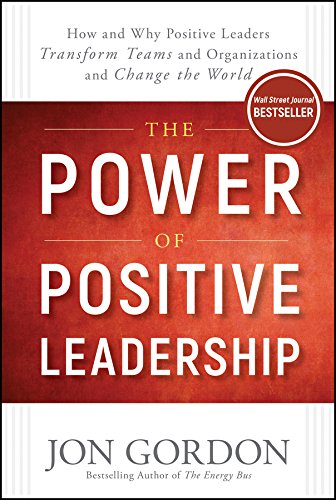
The Power of Positive Leadership
Jon Gordon
2017
Read: 2022
Education/Leadership, Non-Fiction
When I started as superintendent of the Placentia – Yorba Linda Unified School District, they had already adopted the theme of positive leadership for the year. I read Jon Gordon’s Positive Leadership as I explored the theme. Those of you who know me know that I am extremely optimistic and relentlessly positive. Unlike Candide, I do not […]
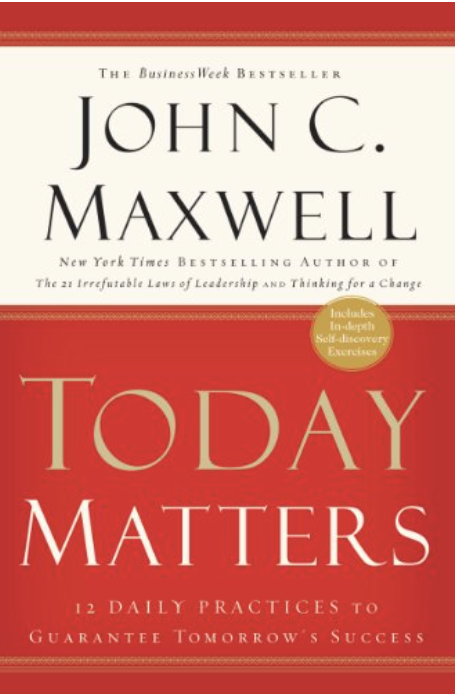
Today Matters: 12 Practices to Guarantee Tomorrow’s Success
Read: 2023
Education/Leadership, Non-Fiction
My friend Rick Lopez is a devout follower and fan of John Maxwell. Since Rick is probably the most organized and intentional person I’ve ever met in my life, I figured I should familiarize myself with Mr. Maxwell’s thinking. “Pulitzer prize-winning journalist William Allen White observed, ‘Multitudes of people have failed to live for today. […]
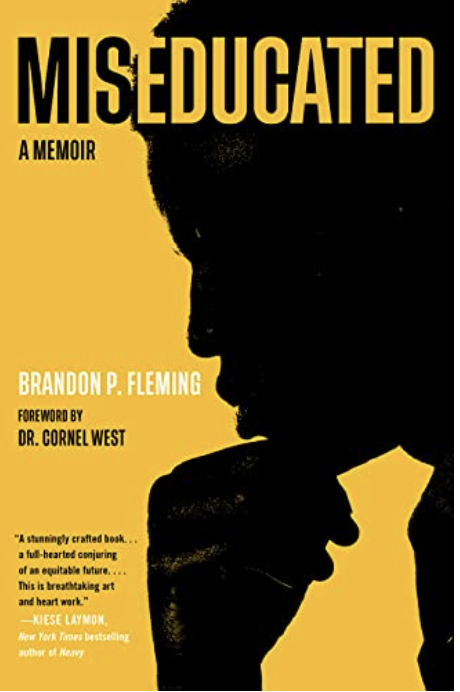
Miseducated: A Memoir
Brandon Fleming and Cornel West
2021
Read: 2023
Education/Leadership, Non-Fiction
I heard Brandon Fleming speak at a school board member conference this year. He was dynamic and engaging, and he told a remarkable story. I bought his book so I could know even more about his story. Fleming is an African-American who excelled in basketball in high school. In spite of virtually no support from […]
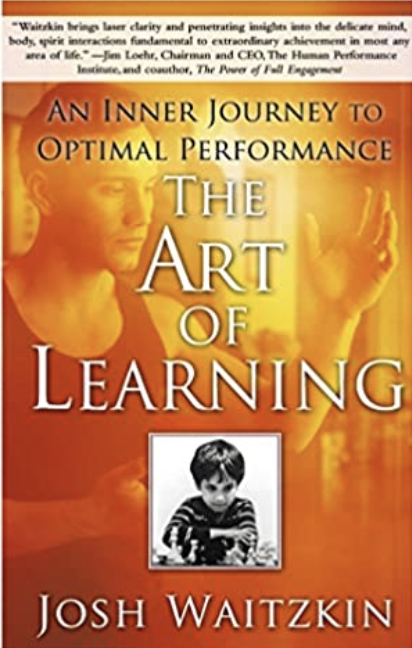
The Art of Learning: An Inner Journey to Optimal Performance
Josh Waitzkin
2007
Read: 2022
Education/Leadership, Non-Fiction
This is yet another book recommended by Scott Fawcett, inventor of DECADES golf. It’s written by Josh Waitzkin who was the kid featured in In Search of Bobby Fisher movie that came out in 1993. He was a chess prodigy, and though he never conquered the world, he was among the best of the best. […]
Walking in Wonder: Eternal Wisdom for a Modern World
John O'Dohohue
2015
Read: 2022
Education/Leadership, Non-Fiction
My friend Tom recommended this book to me this year. Tom is a fellow superintendent who plans to retire at the end of 2022. He is a talented leader, a musician, and on top of that, a very reflective person. He found this book meaningful to him as he was embarking upon his new journey […]
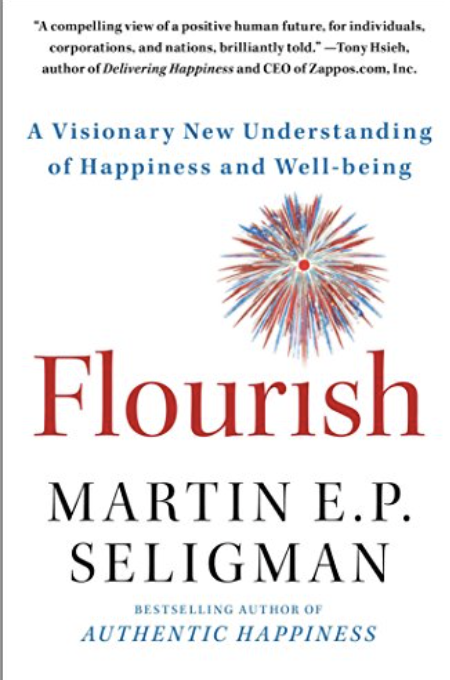
Flourish: A Visionary New Understanding of Happiness and Well-Being
Martin Seligman
2011
Read: 2022
Education/Leadership, Non-Fiction
Martin Seligman is on a mission to change the very nature of psychology. While he looks at drugs and Freudian psychology as techniques that can at least mask and perhaps address the problem, he sees positive psychology as a way for everyone to grow. He does not want to treat PTSD, instead he wants to […]
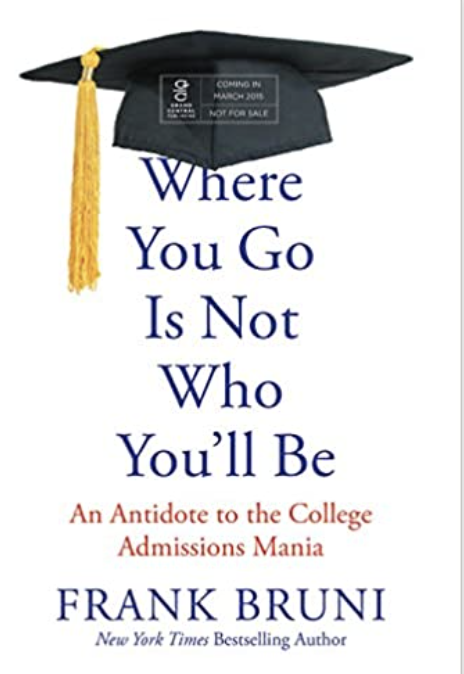
Where You Go is Not Who You’ll Be
Frank Bruni
2015
Read: 2016
Education/Leadership, Non-Fiction
I became interested in this book after reading about Palo Alto High School and some of the suicide tragedies that occurred in that school in the last ten years. The pressure on our students to go to the right college is extraordinary. The pressure on our most advanced students to get into one of ten […]
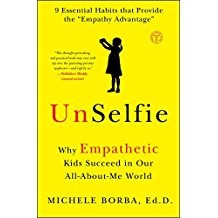
Unselfie : Why Empathetic Kids Succeed in Our All-About-Me World
Michele Borba
2017
Read: 2017
Education/Leadership, Non-Fiction
This is a book that our middle school vice principal Margot Parker asked our parents to read and led a book group discussion on it. It explores the idea that in this digital age, students are often hyper-consumed with themselves. I am reminded of that classic YouTube video of the college girls at the professional […]
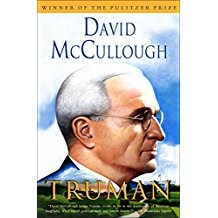
Truman
David McCullough
1992
Read: 2010 or before
Education/Leadership, Non-Fiction
Truman, by David McCullough (1992) I am in awe of this ordinary man who became an extraordinary leader. (I’m also in awe of David McCullough, and I’ll read anything he writes.) Some of my favorite quotes: “An optimist was a person who thinks things can be done. No pessimist ever did anything for the world.” Near […]
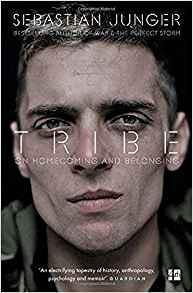
Tribe: On Homecoming and Belonging
Sebastian Junger
2014
Read: 2019
Education/Leadership, Non-Fiction
Tribe is a compelling book that speaks of the isolation and independence of humans in the modern world but particularly in the United States and the potentially harmful impact that that has on both individuals and society. The book opens with some historical accounts of Americans who were captured by Native American tribes and when […]
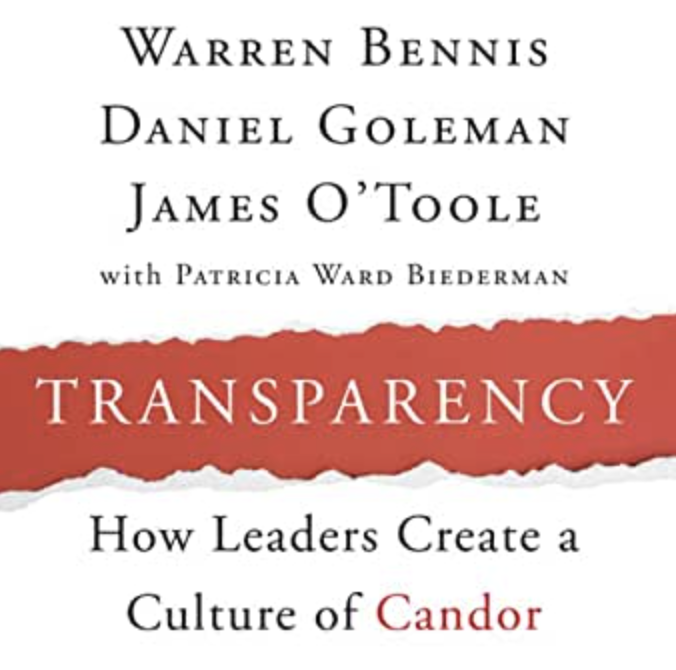
Transparency: How Leaders Create a Culture of Candor
Warren Bennis
2008
Read: 2014
Education/Leadership, Non-Fiction
A major premise of this book is that the higher the leadership position, the less honest feedback the person receives. Their remedy: free flow of information and finding ways to hear directly from all levels of the organization. It’s about abandoning ego, hearing good and hard feedback, and giving the same.
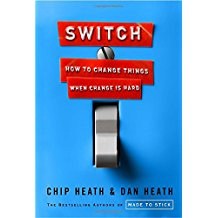
Switch
Chip and Dan Heath
2010
Read: 2011
Education/Leadership, Non-Fiction
It’s centered on the idea that humans have two sides: a rational side (the rider) that plans and knows what is best, and an emotional side (the elephant) that actually get things done.
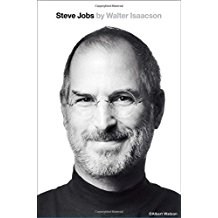
Steve Jobs
Walter Isaacson
2011
Read: 2011
Education/Leadership, Non-Fiction
I downloaded this on the first day it was available. I said at the TEDx conference that I think Steve Jobs will go down as one of the great educational heroes of the 21st century. He may be responsible for actually changing the way the classroom looks – something no one else has done. By putting […]
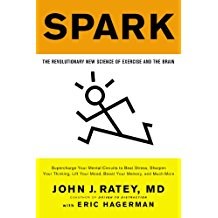
Spark. The Revolutionary New Science of Exercise and the Brain
John J. Ratey, MD
2008
Read: 2011
Education/Leadership, Non-Fiction
Exercise makes us better. Plato had it right when he wrote: “In order for man to succeed in life, God provided him with two means, education and physical activity.
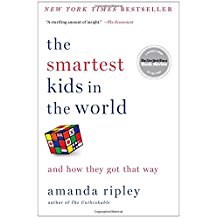
The Smartest Kids in the World and How They Got That Way
Amanda Ripley
2013
Read: 2015
Education/Leadership, Non-Fiction
The Smartest Kids in the World and How They Got That Way, by Amanda Ripley (2013) This book takes three exchange students from the US and compares their experiences at home and abroad, while looking carefully and the Finland Education System as a model. It is a compelling read, and sends some strong messages. First: […]
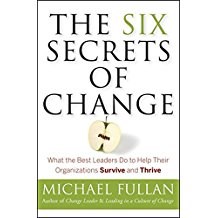
The Six Secrets of Change
Michael Fullan
2008
Read: 2012
Education/Leadership, Non-Fiction
Michael Fullan’s Change Forces is one of the great educational books, and he continues to look into the subject. In this book, he looks at six secrets: Love Your Employees Connect Peers with Purpose Capacity Building Prevails Learning is the Work Transparency Rules Systems Learn There is nothing stunningly new here, but there are some […]
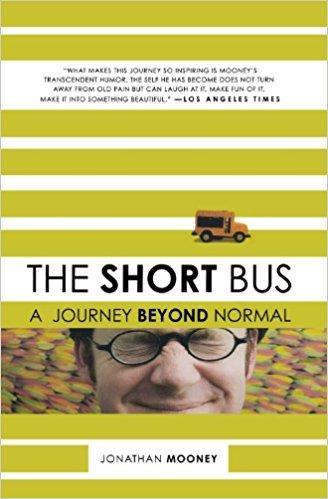
The Short Bus
Jonathan Mooney
2008
Read: 2018
Education/Leadership, Non-Fiction
I learned about this book when I heard about Jonathan Mooney speaking to a group of educators locally. I learned that he was an elementary school student and high school student with us before going on to Brown University. I learned that he faced many challenges as a special education student and that he had […]
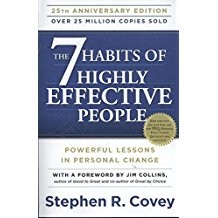
The Seven Habits of Highly Effective People
Stephen Covey
1989
Read: 2010 or before
Education/Leadership, Non-Fiction, Reading Now, Recommended for Young Adults
This is another one of my bedrock books. Stephen Covey has had such an influence on my personal and professional life. The seven habits: Be Proactive Begin with the End in Mind First Things First Win-Win Seek First to Understand, Then Be Understood Synergize Sharpen the Saw From “Beginning with the End in Mind” which […]